by Sarah Häger
As the financial industry evolves from Open Banking to Open Finance, the journey is fraught with technological, regulatory, and strategic challenges. However, this transition offers unprecedented opportunities for innovation and growth. Drawing from my experience with Nordea Open Banking, here are ten invaluable lessons that can illuminate the path to successful Open Finance implementation.
1. Embrace the Technological Shift
Open Finance ushers in a technological revolution, moving from batch processing to real-time data access. This leap forward enables the creation of innovative products and solutions, transforming how we think about financial services. Imagine offering products that leverage real-time financial data, enhancing customer experiences and operational efficiency.
2. Define Your Scope with Precision
Setting clear objectives is crucial. Begin by outlining your commercial goals and regulatory requirements under the Financial Data Act (FiDA). Integrating these aspects from the start ensures that your strategy remains flexible and robust against evolving regulations, preventing the need for a complete overhaul down the line.
3. Learn from the Pioneers
Inspiration for Open Finance can be found beyond the banking sector. Initially, we looked towards tech giants like Oracle and Microsoft. Today, innovators like Nordea, BBVA, and Deutsche Bank provide valuable blueprints for API marketplaces. Examining their successes and approaches can offer insights into creating a competitive Open Finance ecosystem.
4. Secure Continuous Management Buy-In
The importance of management’s understanding and support cannot be overstated. Early and ongoing education ensures long-term commitment, enabling informed decision-making and resource allocation. This foundational support is key to navigating the complexities of Open Finance implementation.
5. Evangelize Internally to Foster Innovation
An internal evangelization strategy is essential to spread knowledge and enthusiasm about Open Finance across departments. Collaboration between various expertise areas can lead to groundbreaking solutions, ensuring that the initiative’s benefits are fully leveraged.
6. Celebrate Progress to Sustain Momentum
Given that the implementation journey can span years, recognizing milestones is vital to maintaining motivation. Acknowledging achievements helps sustain engagement and enthusiasm, crucial for navigating the long-term challenges of Open Finance adoption.
7. Adapt Your Roadmap Flexibly
The regulatory landscape and market demands are ever-changing. An agile approach to your implementation plan allows for timely adjustments, ensuring your projects remain relevant and compliant. This flexibility is crucial for staying aligned with both regulatory expectations and user needs.
8. Prioritize User Feedback
Listening to users from the outset guides product development in a direction that meets market needs while avoiding regulatory pitfalls. Early and continuous engagement with users is instrumental in refining your offerings and ensuring they resonate with your target audience.
9. Develop a Strategic Launch Plan
“Don’t just build it and they will come.” A comprehensive launch strategy is necessary to capture early market interest and valuable feedback. This involves a mix of community management, customer support, and targeted marketing efforts to ensure your product reaches its intended audience effectively.
10. Identify Your Early Adopters
From the MVP stage, consider who your product is for and how it can meet their needs. This proactive approach allows you to begin commercialization efforts early, targeting users who will benefit most from your initial offerings and setting the stage for broader adoption as your product matures.

In conclusion, transitioning from Open Banking to Open Finance is not just about compliance or technological upgrades; it’s about reimagining the future of financial services. By applying these lessons, we can navigate the complexities of Open Finance, creating products that are not only compliant but also highly valued by customers. The journey ahead is promising, and with a strategic approach, we can unlock the full potential of Open Finance for businesses and consumers alike.



